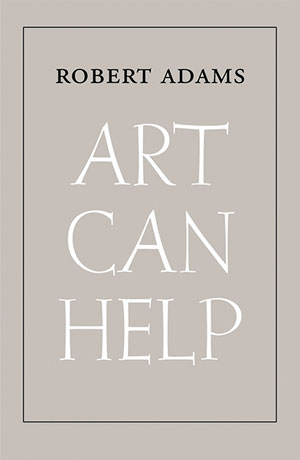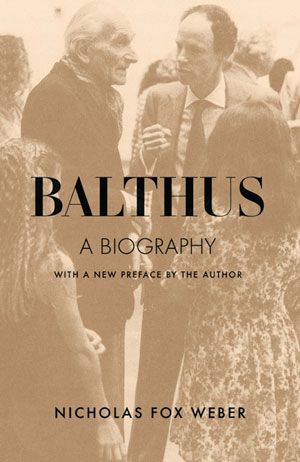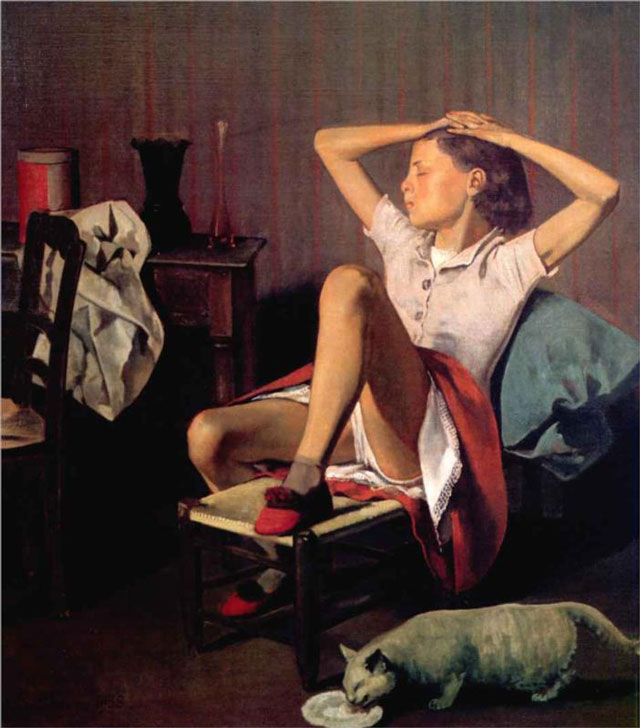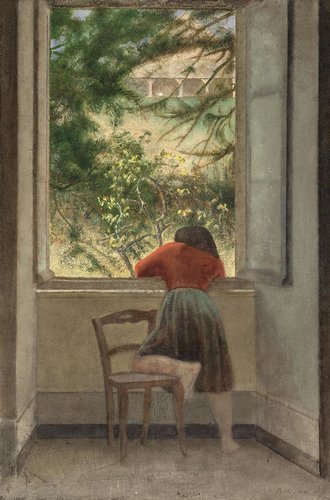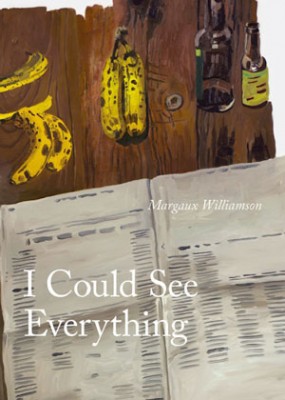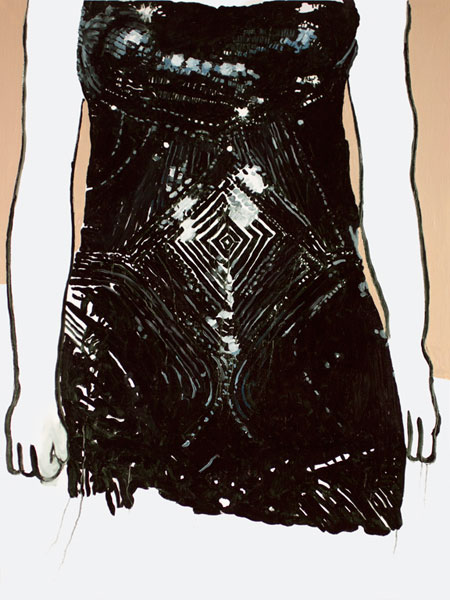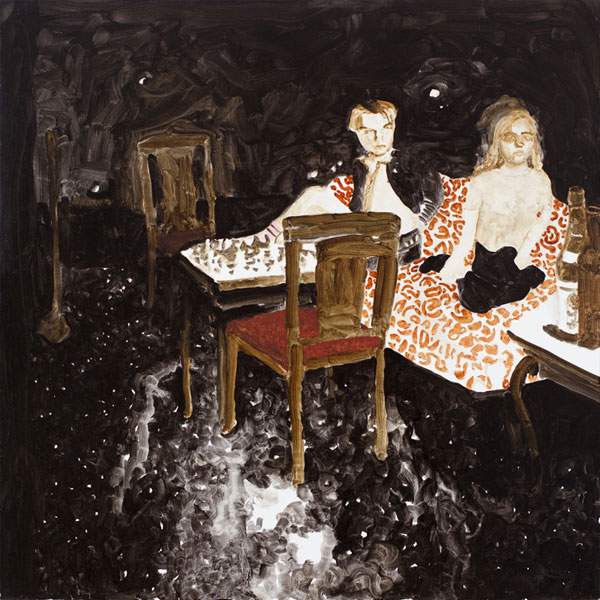ART CAN HELP
by Robert Adams
Yale University Art Gallery, distributed by Yale University Press, 88 pages
reviewed by Beth Kephart
Purchase this book to benefit Cleaver
“[I]f you begin with an idea you’re usually beat before you start,” writes Robert Adams in Art Can Help, as he tries to imagine Edward Ranney photographing the Canyon del Muerto, and, so, here I begin, having been holding this slender silver volume in my hand all afternoon, interrupted only by the sound of a neighbor’s lawn mower and the smell of some ambient spray paint.
(A long sentence, a beginning.)
The book marks Adams’ attempt to dissuade his readers from Jeff Koons-style glitz, which is to say “imitations that distract us or, openly or by implication, ridicule hope.” We are reminded of the power of art, Adams suggests, by studying art that is real.
The work of Edward Hopper is here in these pages, as are the images of Eugene Buechel, Ken Abbott, Julia Margaret Cameron, Dorothea Lange, and others, but if you are already concluding that this is a book of pictures and captions, you’d be wrong. This is a book of eclectic wisdoms and collegial awe.
“I am asked with surprising frequency, ‘How do you know where to make pictures?’” Adams, himself a famed photographer of the American West, announces as he ponders Eric Paddock’s miniaturized views of Colorado’s byways. Adams answers the question like this: “To the extent there is a rule, the answer is that it is usually where you stop long enough.”
(Where you stop. Long enough.)
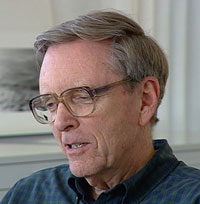
Robert Adams
The earned erudition is useful, it seems to me, for novelists and poets, memoirists and playwrights who wonder—an occupational hazard—where and what the story is. Indeed, so much of the book serves as a primer for the questing soul, as Adams encourages beauty without sentimentality; heralds the plausibility of gifts; hails Terri Weifenbach’s portrait of a hovering bee “as aeronautically improbable as an angel.” Adams reminds us that “some of the best photographs are both discouraging and encouraging at once.” He prompts us with this thought: “Is there anyone more comically, more courageously of another world than a grade-school music teacher, especially a band teacher?”
(Imagine a story about that. Pause to see it.)
When Adams quotes from Emmet Gowin, who photographed the Nevada test range—“What we all want in our lives is a way to put ourselves into accord with the mystery out of which we came and into which we will return.”—we have no choice but to close the book and close our eyes and ponder what this means while, beyond, the lawn mower mows and the can of spray paint sprays.
Adams wants us to take heart from the form of art. He wants us to choose to care. He knits a line from Marilynne Robinson into a brief appraisal of Dorothea Lange, and then, after all of this, he stands back and informs us that “We are in important ways the sum of the places we have walked.”
(Where have we walked?)
Which leaves those of us who have gone a handful of years without the sight of something new, those of us who have been walking with familiar dust upon our shoes, those of us who have felt the perimeters of our lives squeezing in, squeezing tight, grateful for the ambulation of this book, the places we have traveled through it, the pause that it has pressed upon the beginning, and now the end, of the afternoon.
◊◊◊
 Beth Kephart is the author of more than two-dozen books in multiple genres, an adjunct teacher at the University of Pennsylvania, and the co-founder of Juncture Workshops. Her essays appear in Ninth Letter, Catapult, Literary Hub, Creative Nonfiction, and elsewhere, and a new memoir in essays, Wife|Daughter|Self is due out in spring 2021. More at bethkephartbooks.com.
Beth Kephart is the author of more than two-dozen books in multiple genres, an adjunct teacher at the University of Pennsylvania, and the co-founder of Juncture Workshops. Her essays appear in Ninth Letter, Catapult, Literary Hub, Creative Nonfiction, and elsewhere, and a new memoir in essays, Wife|Daughter|Self is due out in spring 2021. More at bethkephartbooks.com.
Read more from Cleaver Magazine’s Book Reviews.

